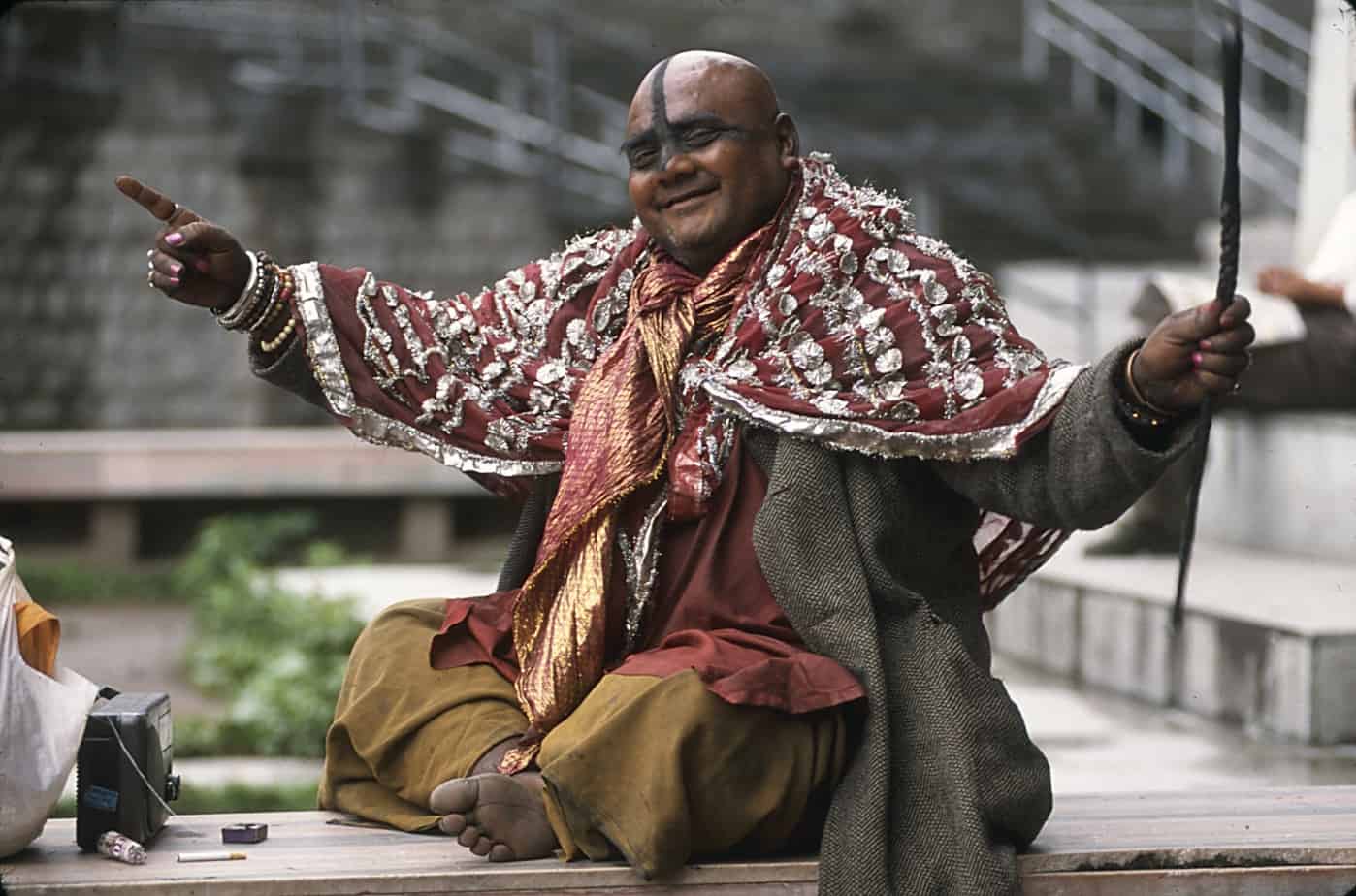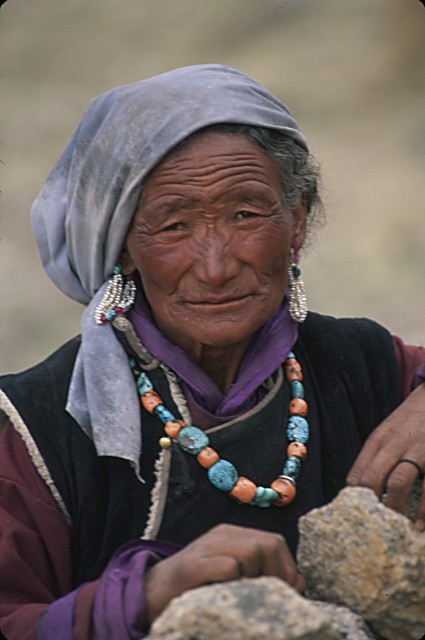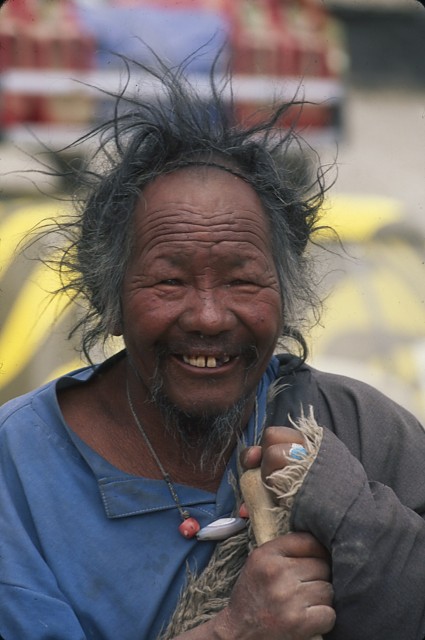A while back, I had the rare opportunity to drive to Ladakh with an expedition called the Isuzu Challenge Indian Himalayas. My journey started in Manali, Himachal Pradesh and ended some 560 km to the north in the Nubra Valley, reached only by driving over Khardong La (17,380 ft) in the Ladakh Range. This is one of the most amazingly beautiful places on the planet and is known as the “Land of High Passes.”
Ladakh is a region in the Indian administered Jammu and Kashmir that currently extends from the Kun Lun Mountain Range to the main Great Himalayas in the south and is inhabited by people of Indo-Aryan and Tibetan decent. It is one of the least inhabited regions in northern India and its culture and history are closely related to that of Tibet. Historically, the region included the Baltistan valleys (now mostly in Pakistan), the entire upper Indus Valley, the remote Zanskar, Lahaul and Spiti to the south, much of Ngari including the Rudok region and Guge in the east, Aksai Chin in the northeast and the Nubra Valley to the north. Ladakh is renowned for its remote mountains, unparalleled beauty and unique culture.
Spectacularly jagged, arid mountains enfold this mystical, Buddhist ex-kingdom. We drove a hundred miles on a dirt track to visit and ancient gompa (Tibetan Buddhist monastery) where the organizers of the Israeli-based Isuzu Challenge had planned to install solar panels in a humanitarian effort to provide electricity to the impoverished area.
However, Ladakh’s remarkably well-balanced indigenous society has much to teach the West in terms of ecological awareness. While most Ladakhis are cash poor, traditional mud-brick homesteads are large, comfortable and self-sufficient in fuel and dairy products, organic vegetables, and barley. Such sustainability is an incredible achievement given the short growing season and very limited crop producing land in this high-altitude desert where water supplies must be laboriously channeled from glacier melt mountain streams.
Like the land itself, the people of Ladakh are generally quite different from those of the rest of India. The faces and physique of the Ladakhis and the clothes they wear are more akin to those of Tibet and Central Asia than India. They are said to be the most simple and cheerful in nature. As we drove over the Tibetan Plateau, through the villages and over the high mountain passes, the undeniable friendly spirit became the focus of my lens.
If you are looking for an overland adventure that encompasses breathtaking high altitude scenery and an unsurpassed cultural experience then pack your bags, gear up your four wheel drive vehicle or motorbike and head to the Indian Himalayas.


































